Wi-Fi extenders vs powerline adapters: Everything you need to know
Powerline adapters and Wi-Fi extenders provide two different ways to stretch your network farther
What's the best way to deal with spotty Wi-Fi or limited home network coverage? A powerline extender might be just the thing, especially if the best Wi-Fi extenders don't look like the best fit for your home. But what's the difference between the two, and how do they work?
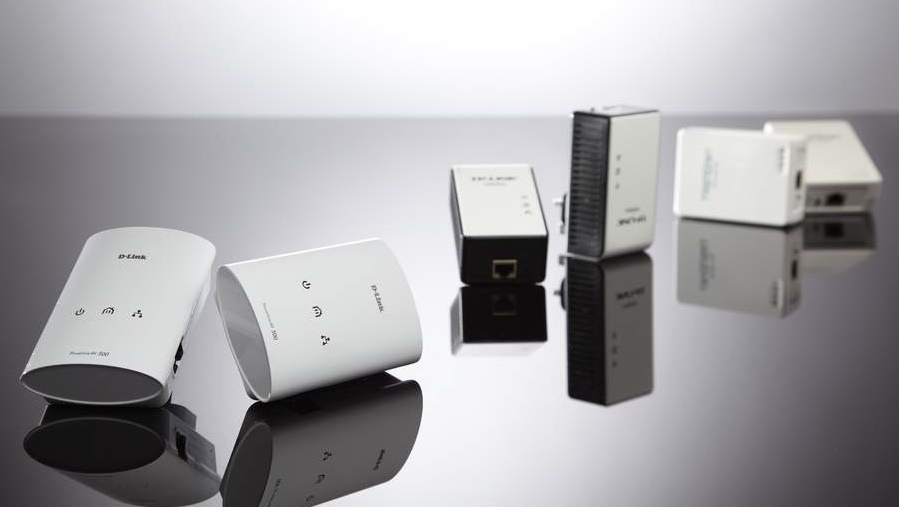
If your recent time at home has left you more aware of the Wi-Fi dead spots in your home – whether it's a garage turned office or just that one far room that doesn't get a strong signal – you already know the signs of Wi-Fi that doesn't quite reach. Spotty wireless access results in streaming video that lags and buffers, video chats that go grainy and download speeds stretch out from seconds to minutes or more.
- Check out the best Wi-Fi extenders
- Use our Wi-Fi extender setup guide to maximize coverage
- Latest: Wi-Fi 6 explained, as well as Wi-Fi 6e
The best way to fill in Wi-Fi gaps comes down to two divergent technologies. The most popular approach is the tried and true technique of using a Wi-Fi extender to push a fresh signal to an uncovered part of your home. The alternative is powerline networking technology that moves data over your home’s electrical cables.
Each approach has its unique pros and cons when it comes to home networking as you’ll see in this Wi-Fi extender vs powerline adapter comparison. The ultimate answer, however, might lie in the combination of the two.
Wi-Fi Extender: Over thin air
Without a doubt, the most popular way to fill uncovered parts of a home with Wi-Fi is to use a Wi-Fi extender, sometimes called a signal booster or wireless repeater. It will take about 15 minutes to set up and will likely deliver enough bandwidth to eliminate your dead spot. As you can see in our list of the best Wi-Fi extenders, there are lots of devices on the market, some costing as little as $20.
All extenders work by grabbing a nearby Wi-Fi signal and retransmitting it at full strength into a Wi-Fi desert, like your garage-office. Placement is critical to an extender actually working: Pick a spot that has an AC outlet roughly halfway between your router and where you want the signal to end up.
Sometimes finding that perfect spot can feel like an impossible dream, so a little (or a lot of) trial and error might be necessary. When the obvious places don’t work, try some creative thinking, like using an extension cord to bring power to the extender, rather than vice versa. Also, think about extending the signal up or down a floor rather than across the same floor. Finally, try aiming the extender’s antennas, if it has them, in the direction you need the signal to go.
To get the most out of your Wi-Fi extender, get a model that uses both the 2.4- and 5GHz bands of the 802.11ac spectrum. This will give you the option of using the high-speed (but shorter range) 5GHz band or the lower speed (but longer range) 2.4GHz band.
Powerline networking: All in the walls
An alternative to re-broadcasting existing Wi-Fi signal is to use powerline networking instead. The beauty of powerline networking is that it doesn’t involve wireless technology at all. Popular in Europe, powerline networking gear can fill networking gaps by moving the data over your home’s power cables that live behind its walls. All you need is an AC outlet at each end.
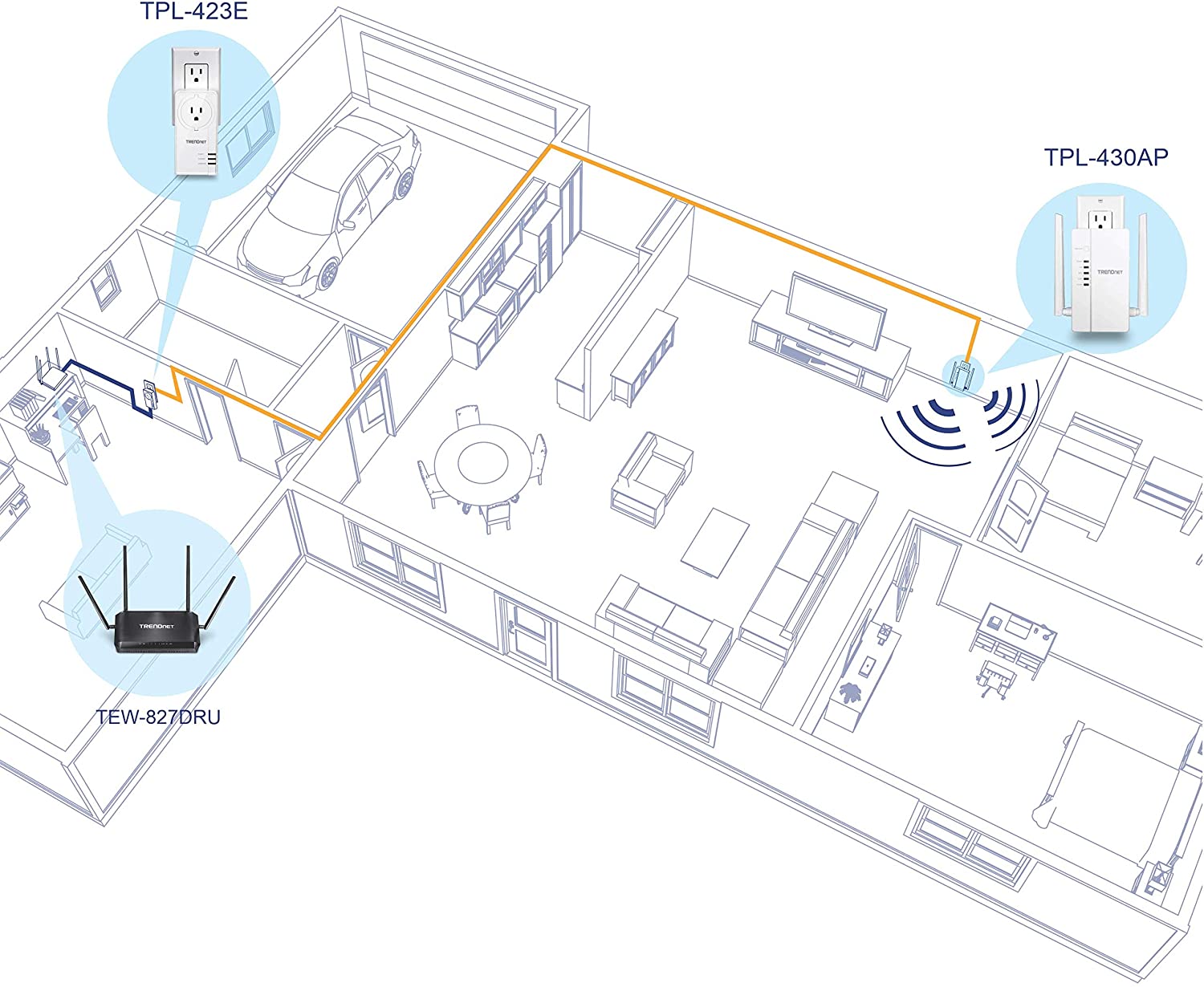
It might seem like magic, but powerline networking piggybacks its data signal on top of your home’s 120-volt alternating current that runs through the home’s electrical infrastructure that snakes through your house, making every AC outlet fair game.
The best powerline systems top out at up to 2Gbps of bandwidth and start at about $40. Our current favorite, the Editor's Choice Netgear PLP2000, is a bit more expensive, but offers great connectivity, with category-leading performance and dual Ethernet ports.
They generally plug right into a wall outlet but the bulky powerline devices can cover up adjacent wall outlets and some systems offer a replacement outlet as compensation.
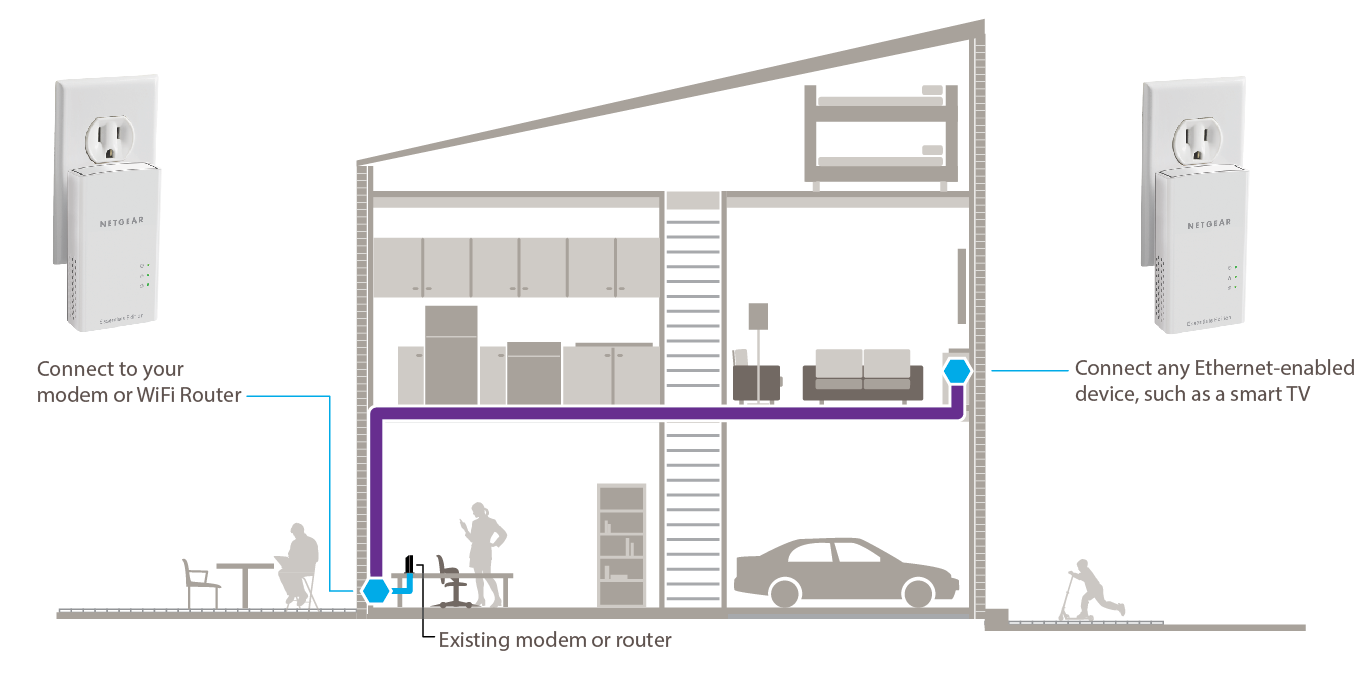
Be careful, though, because powerline gear uses two devices: a sender unit near where your router is and a receiver near where you need the data. They typically need to be no more than a few hundred feet apart. Unfortunately, the cabling in an older home (like mine) can be so convoluted that you need to roughly double the distance between sender and receiver.
Finally, rather than providing a fresh Wi-Fi signal for you to tap into, standard powerline extenders deliver an RJ-45 wired networking connector to plug your computer into. That should be fine for desktops and older notebooks that have a wired networking port built in. For newer, USB-C based systems and tablets, you’ll probably need an adapter to get a working Ethernet connection.
The ultimate answer is to combine the best attributes of each system to create a hybrid device that has a sender to deliver data over a powerline connection to near where you want the data to end up. Then, a built-in Wi-Fi access point in the receiver transmits the fresh data directly to your computer.
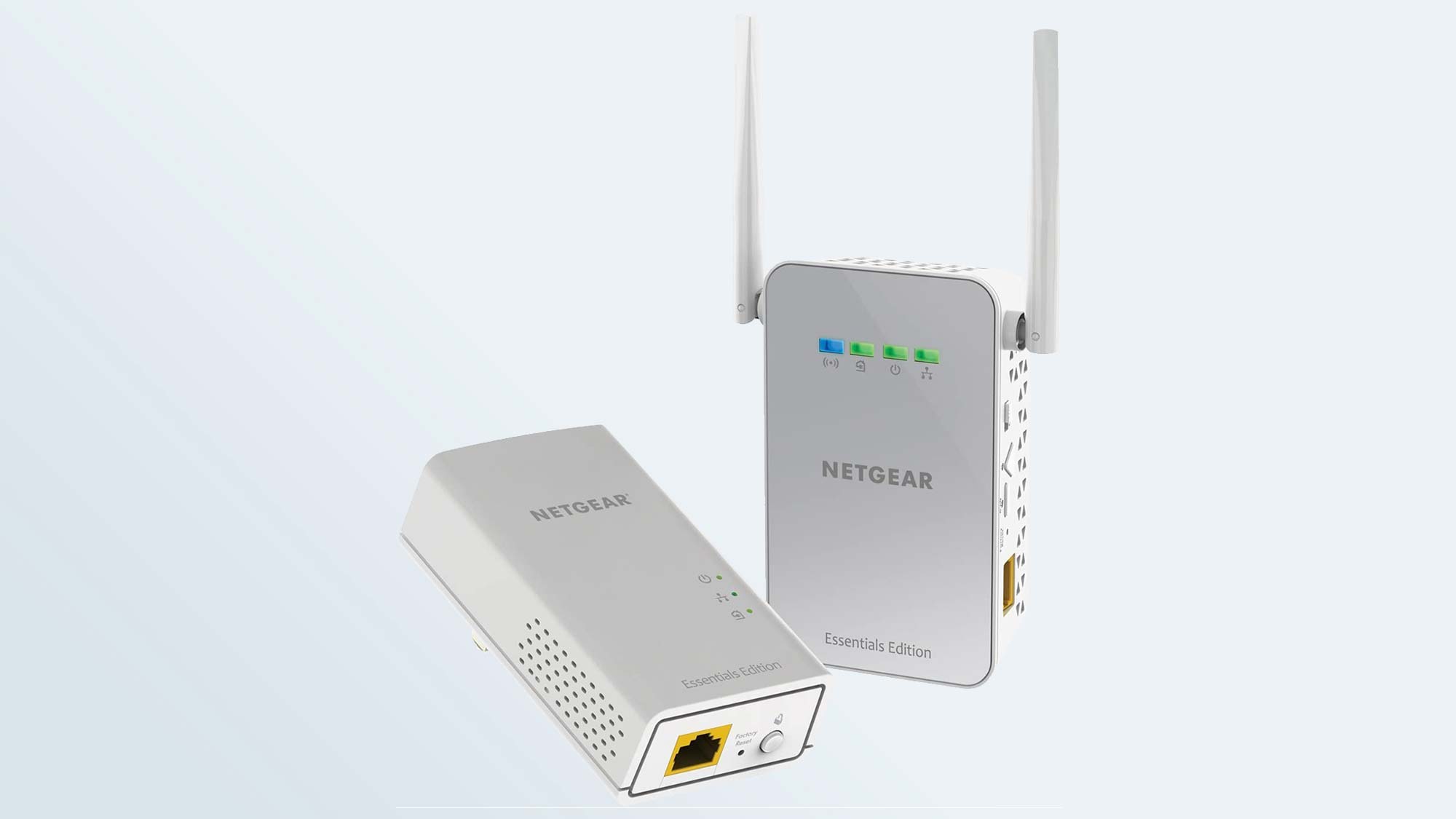
That’s exactly what many networking companies have done with kits composed of a sender unit that is pure Powerline while the receiver adds a Wi-Fi transmitter. These products range from the Netgear PLW1010 to the Trendnet TPL-430APK. On the downside, they are more expensive and there aren’t nearly as many powerline-Wi-Fi choices as there are for pure powerline or Wi-Fi extenders.
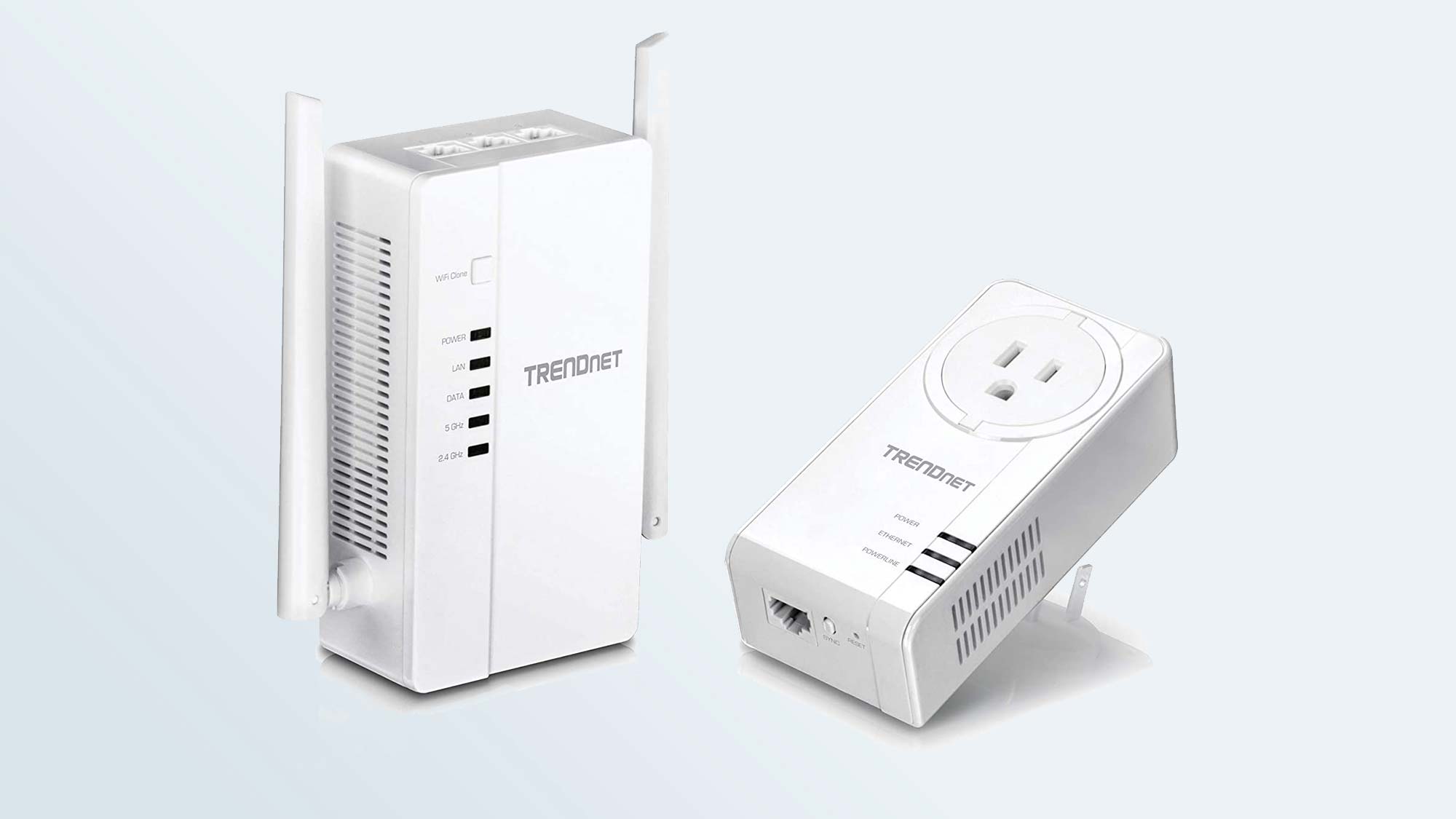
These hybrid devices have a big bonus because they not only can cover a Wi-Fi dead zone but can push the data signal 50-or 100-feet beyond it, delivering data to a larger area. In other words, using a hybrid Powerline-Wi-Fi extender is ideal for an attic apartment, a porch and even a garage being used as a temporary office.
Sign up to get the BEST of Tom's Guide direct to your inbox.
Get instant access to breaking news, the hottest reviews, great deals and helpful tips.
Brian Nadel is a freelance writer and editor who specializes in technology reporting and reviewing. He works out of the suburban New York City area and has covered topics from nuclear power plants and Wi-Fi routers to cars and tablets. The former editor-in-chief of Mobile Computing and Communications, Nadel is the recipient of the TransPacific Writing Award.

